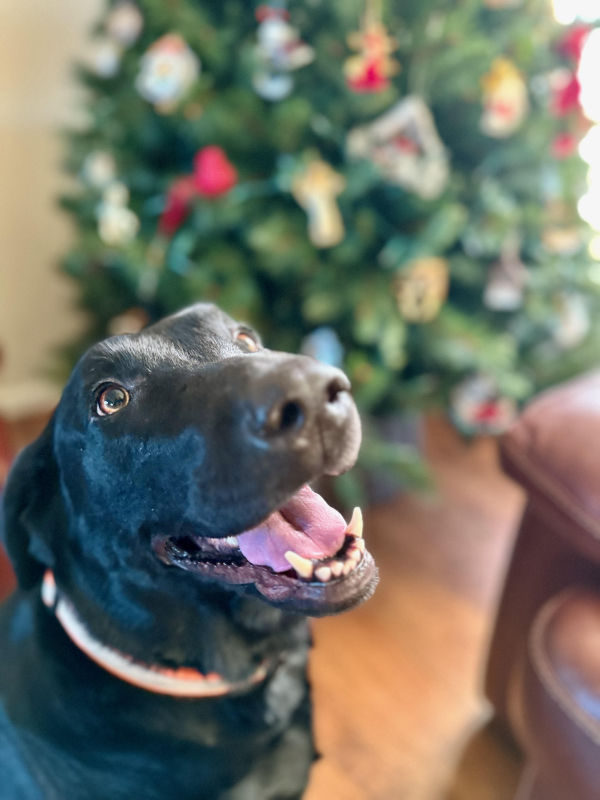
Allie Bama - our hunting dog.
By the time Christmas rolls around, most of us say we've finally slowed down. Or at least, that's what we tell ourselves, right? Guns get cleaned, or let's be real, they just end up leaning in a corner because we're tired. Tags? They're punched or folded, or if you're anything like me, probably lost for a week. The woods get so quiet you can hear yourself think. That's about when the year sneaks up and taps you on the shoulder.
This year kind of sticks with me. I finally got my first bull elk, which I’d been daydreaming about forever, seriously, maybe a decade. I figured that’d be my big highlight, my best-ever hunting moment. And yeah, it was special. Really special.
But hunting has a way of keeping you honest.
But honestly, the lesson I’m taking away didn’t show up on a mountain or anywhere else. It showed up while I was just squirrel hunting in my backyard with a Christensen .22 Magnum. Just me, close to home. No pressure, no fuss, no big expectations. It just feels good hunting where you live, on your own schedule, with nobody judging.
At one point, an Amazon driver rolled up, rolled down his window, and just went, "How's it going?" I held up four squirrels, grinning like an idiot. He just laughed and said, "My mom loves fried squirrel. You should try it."
That hunt also made me think about how some tools just end up where they belong. Squirrels? Took 'em with the .22 Mag. But my Marlin 1894 in .44 Magnum, now that's my house gun. It goes everywhere with me, out back. It's small, fast, packs a punch, and always feels right. Plus, it's an awesome self-defense gun.
But honestly, none of this works without my people at home. Wendy, my wife, gets it. Hunting isn't something I just hand off to someone else; it's part of who I am. She puts up with my early alarms, muddy boots, and stories she's probably heard way too many times, because she knows why it matters. Then there's Brenn, my daughter. That rockstar is doing well in her junior year at William & Mary.
This year also meant meaningful work with the industry through The Lever-Action Chronicles. Telling stories about rifles, craftsmanship, and the people who still believe things should be built right, not just fast.
Another thing I realized this year. My favorite gig in this whole outdoor world is just being the connector. I like helping good people meet cool ideas, and cool ideas find the right folks. Sometimes that just means making introductions, connecting dots, opening a door, and stepping back to watch something good take off. This community's full of talent, and when the right people line up, awesome things happen.
That's why I'm pumped for 2026 - The Year of the Maker. It's time to shout out the folks who keep everything rolling machinists, engineers, designers, factory crews, and all those family businesses who build the gear we count on. The outdoor industry isn't just brands and logos. It's real people. And their stories deserve to be told.
So, as the year wraps up, big thanks to everyone in this industry for a wild ride.
Christmas really does put things in perspective, doesn't it? Family. Friends. Maybe remembering to check on a buddy who's been lying low. The end of the year can get heavy, and honestly, hunters are just better at sticking together than going solo.
From our family, Wendy and Brenn, the pups, to yours, and from all of us at The Hunting Wire, thank you and Merry Christmas.